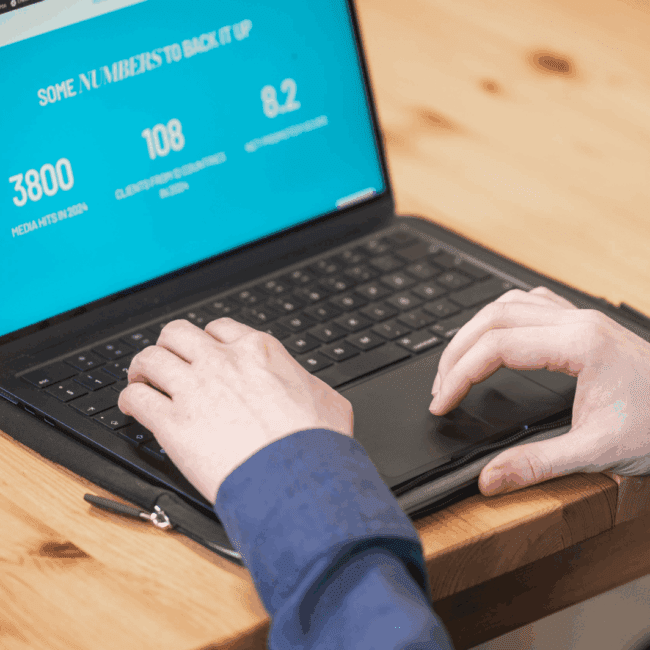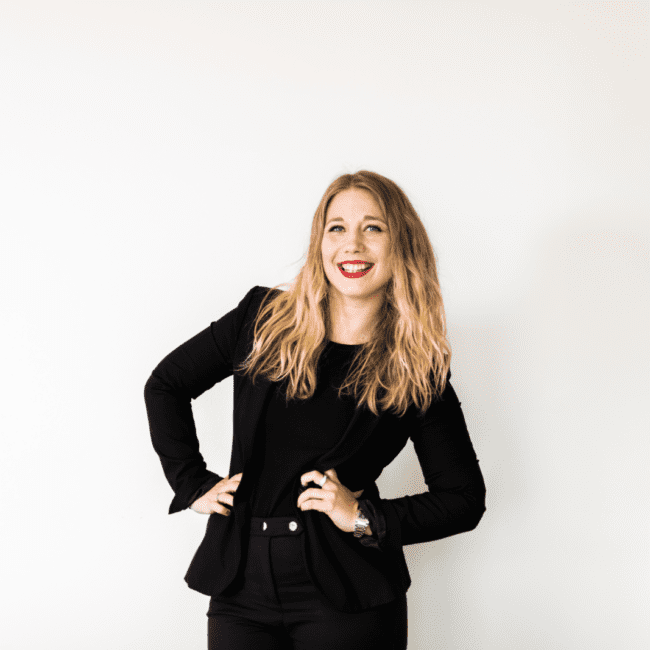Reputation building through PR is not a “one-and-done” activity, so stop using frameworks that make you think about it that way.
My dad is an engineer. This was a great thing to have growing up. I could ask my dad questions about the world and receive straightforward answers grounded in construction practices and physical principles.
I remember one occasion when we were traveling somewhere long distance in our car. We passed an intersection, and I saw six soaring concrete towers that poured billowing clouds of steam into the sky. “Power plant cooling towers,” said my dad from the front seat.
These cooling towers belonged to one of the UK’s series of coal-fired power plants. To this day, all electricity production that isn’t solar still largely relies on rotating large electromagnets (using steam or wind power) to keep the lights on.
I asked my dad how the plant managed to do maintenance – if the power had to stay on, how could they do essential repairs? “Flywheels, son,” came the reply. He told us somewhere inside the power plant, enormous metallic flywheels surrounded by electromagnets had been spun up over time to incredible speeds.
If power production ceased for some reason, the flywheel’s momentum would keep it spinning for a long time, each revolution generating the electromagnetic current needed to keep the juice flowing. As failsafes go, a simple yet elegant solution.
An object in motion tends to remain in motion
Skip forward a couple of decades, and here I sit contemplating the flywheel once more. Not as part of power generation, but as a concept for building and maintaining momentum in PR. Better minds than mine have already successfully applied the mechanics of the flywheel to other areas of business.
And when it comes to PR, the flywheel is a much better fit than the funnel. We’re in the business of building relationships with the public, not priming them to pass through different stages of preparedness to buy. The goals are not the same, and the process is not a linear progression.
If your business or agency is trying to do PR, your job is to help your colleagues understand that PR is an ongoing, interconnected thing that takes time and effort to get going. But once it gets up to speed, its momentum is easy to maintain with little nudges.
A first look at the PR flywheel
Here it is. Looks like the Eye of Sauron on deep freeze, right? At first glance, it’s quite a lot to take in. But it’s actually quite simple.
The grey wheel represents the actions you take to build your reputation through PR. The blue wheel shows the impacts of your PR activities. And the delivery system for all things PR – the media.
Let’s take a deeper look at the steps you need to take to build, start and maintain your PR flywheel.
Taking the long-term view of your company’s relationship with the public
It takes years to build a good reputation and moments to destroy it. It’s a cliche because it’s true. A good reputation is built on consistent, honest, empathetic dialogue with an invested public who sees you take accountability for your actions. All this adds up to trust. It’s not called public relations for nothing – any good relationship takes time to build.
So, you need to decide what you want to be known for. A helpful way to break this down is to clearly target the people you want to help, the problem they have, how you solve it for them, the lasting impact your help has on their lives, the values you uphold when doing your work, and the style you communicate in.
When this is formalized, you’ll have a clear direction on where your PR efforts can be focused. You won’t just be saying stuff to make noise, you’ll be mindfully opening dialogue that builds momentum, step-by-step, in a clearly defined direction. Most importantly, you won’t need to do any major course corrections in the future.
The PR actions that build long-term momentum
Ok, so the course is now set. Time to get your hands dirty. Roughly speaking, PR activities can be divided into 5 stages – Research, Storytelling, Relationships, Measure, and Learn:
- Research: Customer and company interviews, journalist and media research, market reports, data and whitepapers
- Storytelling: Selecting the right audiences, identifying the issues they care about, telling your story in a meaningful way that inspires action
- Relationships: Opening dialogue with the public through respected leaders, journalists and media outlets that value the stories you share
- Measure: Media monitoring tools, web analytics, backlinks, coverage reports, self-set objectives and key results (OKRs)
- Learn: Analysing the data and gathering feedback to identify what worked, what didn’t, and how you can do a better job next time round.
Remember, this is the flywheel, not a funnel – sometimes you’ll do each in order, but often this won’t be the case – just like in real life. Your monitoring tool might ping an opportunity out of the blue, a journalist might give you a new angle on a story, you might learn a valuable lesson when talking to a colleague about something completely unconnected.
The important thing to remember is that all these activities constantly repeat over time, not just as sequential tasks in standalone PR campaigns. In the beginning, the results might take a lot of effort for minimal return, but over time, that big old flywheel is going to build more and more momentum, which will make it easier to land more opportunities to talk. And, if you want to get up to speed quicker, capitalize on Newton’s third law – put more effort in, get quicker results out.
Cause and effect: the impact of your PR activities over time
As we’ve already discussed, the great thing about PR is the momentum that continually builds. Your activities (Research, Storytelling, Relationships, Measure, Learn) are the inputs that get the wheel spinning, and Visibility, Awareness, and Credibility are the outputs that power your reputation.
How does this look over time? If the media landscape is a collection of giant pinboards, and each story is a notice, then you need to pin your own notices to these boards to be visible. When enough people start noticing your notices, they become aware of your existence. Say enough meaningful things on enough meaningful notice boards, and you start to build credibility.
In the beginning, you might only occupy a tiny corner of a few select notice boards. But, over time, your announcements will take up more and more real estate. This is how it works in the media today. Google a very niche topic, and you might find a couple of news hits on smaller media outlets – but you’ll still most likely scan them to see what people are saying. The more mainstream a topic becomes, the more news hits you’ll see, and the more trust you’ll have that the topic is meaningful.
Finally, the media is still the best delivery system for stories with impact
The central axle around which PR rotates is, and always will be, the media. Quality journalism is the fourth pillar of democracy for a reason. It is the bridge between states and citizens, the world and its residents, current events and future trends.
Yes, some of the modern business practices and revenue models of the media have created more than a few dumpster fires in recent years, but at the heart of the media landscape lies dedicated, skilled professionals and passionate citizen experts whose only goal is to share the most meaningful stories, relevant facts, and incisive critiques with a public who appreciates being informed.
Whatever your opinion, professional journalists and citizen experts are the key gatekeepers in the PR process. They are the custodians of public discourse. And over time, by being respectful and empathetic, by not wasting their time with irrelevant stories, and by building relationships based on trust, you have the ability to reach more people, inspire more positive actions, and build more credibility.
And if things go wrong, the momentum of your reputation will give you a few moments to make repairs, reconnect the juice, and resume normal service.
The writer is John Cozzi, PR strategy guru, and the most passionate story-teller





